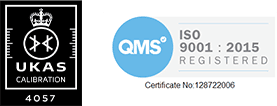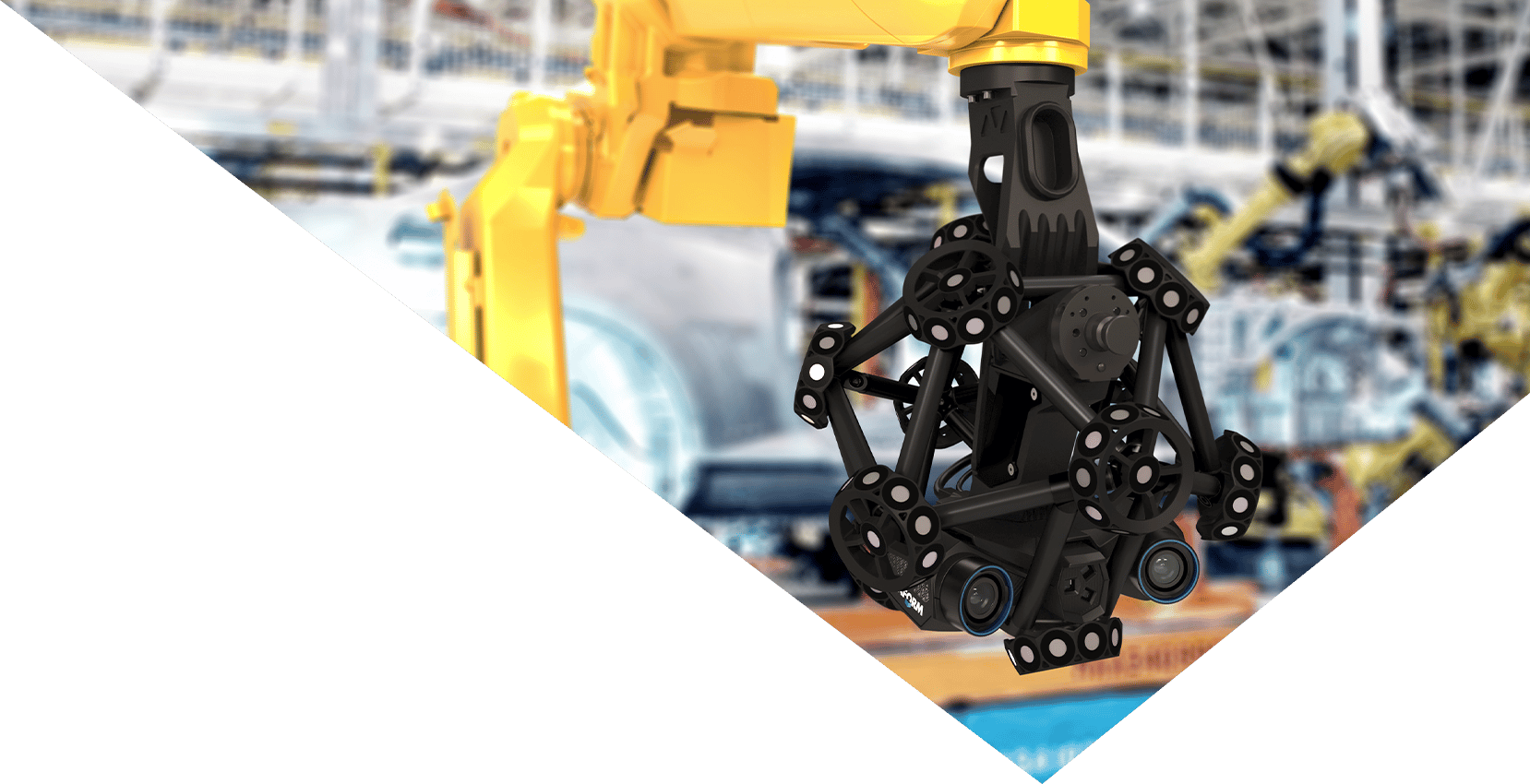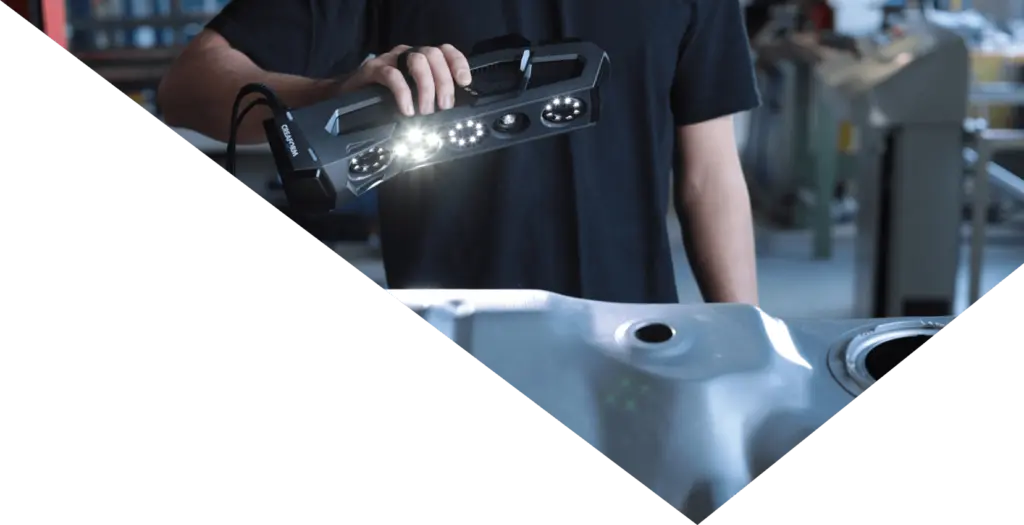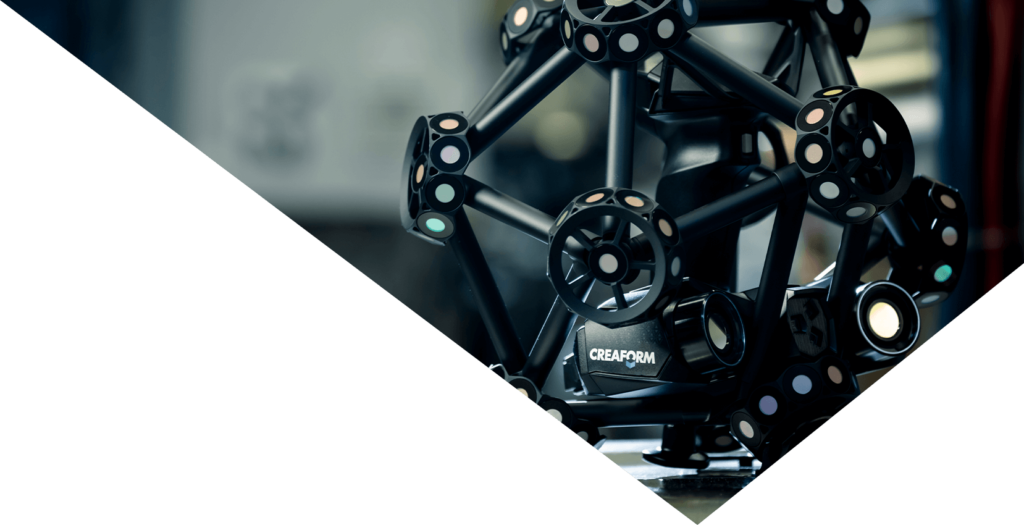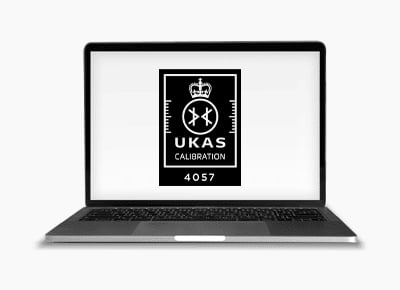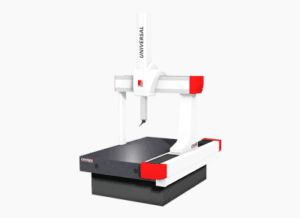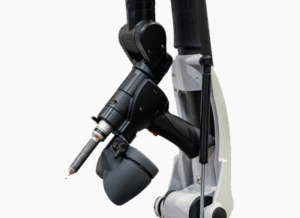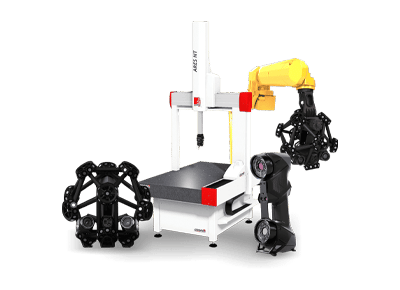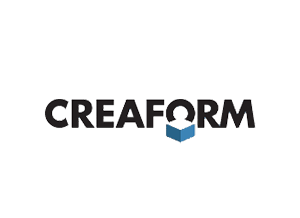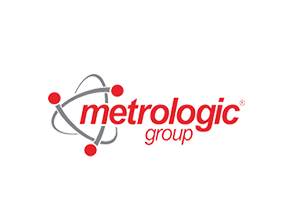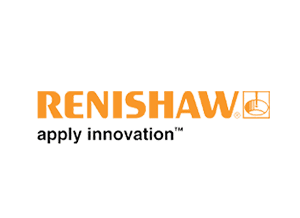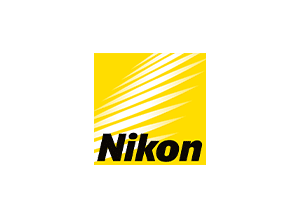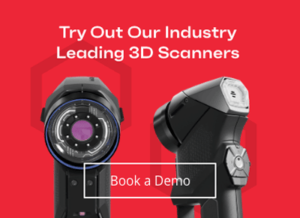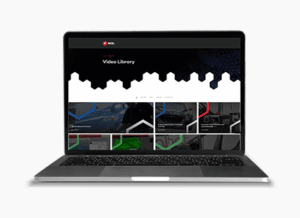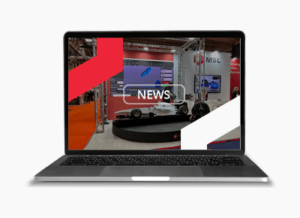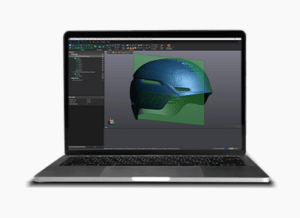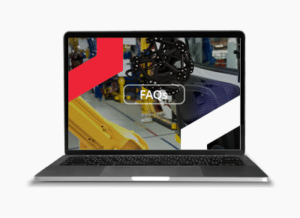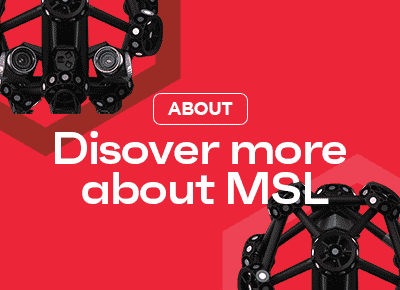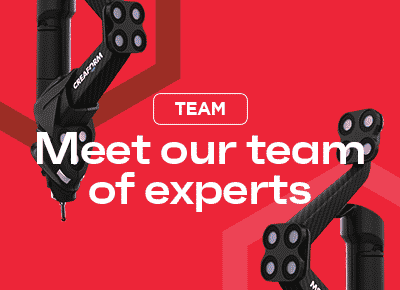CMM frequently asked questions
What is a Coordinate Measuring Machine (CMM)?
A Coordinate Measuring Machine (CMM) is a highly accurate device used in manufacturing and quality control processes to measure the physical geometries of objects. It uses a system of sensors to measure the X, Y, and Z coordinates of a point on an object’s surface, and it can use this data to generate a 3D model of the object.
How does a CMM work?
CMMs work by using a probe to touch various points on an object’s surface or by using a non-contact laser scanner to and capture the X, Y, and Z coordinates of each point. The probe or scanner can be attached to a robotic arm that moves in three dimensions, allowing it to reach any point on the object’s surface. The data collected by the probe is then processed by software to generate a 3D model of the object.
What are the different types of CMMs available?
There are several types of CMMs available, including bridge, gantry, horizontal arm, and portable CMMs. Bridge CMMs are the most common type and are used for high-precision measurement of small to medium-sized parts.
What are the benefits of using a CMM in manufacturing?
The benefits of using a CMM in manufacturing include increased accuracy and efficiency in the inspection process, improved product quality, and reduced production costs. CMMs can also help identify potential manufacturing issues early in the process, which can reduce the risk of defects and delays in production.
What are the accuracy and repeatability of CMMs?
CMMs are highly accurate and can typically measure to within microns of a target dimension. The accuracy and repeatability of a CMM depend on several factors, including the type of CMM, the size and complexity of the part being measured, and the calibration of the machine.
What software is used to operate CMMs?
There are several software programs available for operating CMMs, including proprietary software provided by the CMM manufacturer and third-party software designed for specific measurement applications. The software is used to control the movements of the robotic arm, collect and analyze data, and generate reports. At MSL we would recommend Metrologic Groups X4 for most applications. X4 capabilities include complex GD & T, CAD to PART inspection, geometrical inspection, off-line simulation and programming plus much more.
What types of probes are available for CMMs?
There are several types of probes available for CMMs, including touch-trigger probes, scanning probes, and laser probes. Touch-trigger probes are the most common type and are used for measuring discrete points on an object’s surface. Scanning probes are used to capture more detailed information about an object’s surface, and laser probes are used for measuring objects that are difficult to touch, such as hot or delicate materials.
How is data collected and analyzed using a CMM?
Data is collected using the probe attached to the CMM’s robotic arm, which is moved across the surface of the object being measured. The data is then analyzed using software that processes the X, Y, and Z coordinates of each point to generate a 3D model of the object. The software can also perform statistical analysis on the data and generate reports.
What are the maintenance requirements for CMMs?
CMMs require regular maintenance to ensure accuracy and reliability. This includes regular calibration, cleaning and inspection of the machine, and replacement of worn or damaged parts. Manufacturers typically provide guidelines for maintenance and service, and it is important to follow these guidelines to ensure the machine remains in good working order. At MSL we offer various levels of service, from basic annual cover for repairs and call-outs through to annual service and calibration to UKAS standards.
Stay Connected
For the latest industry information sign up to our newsletter today

